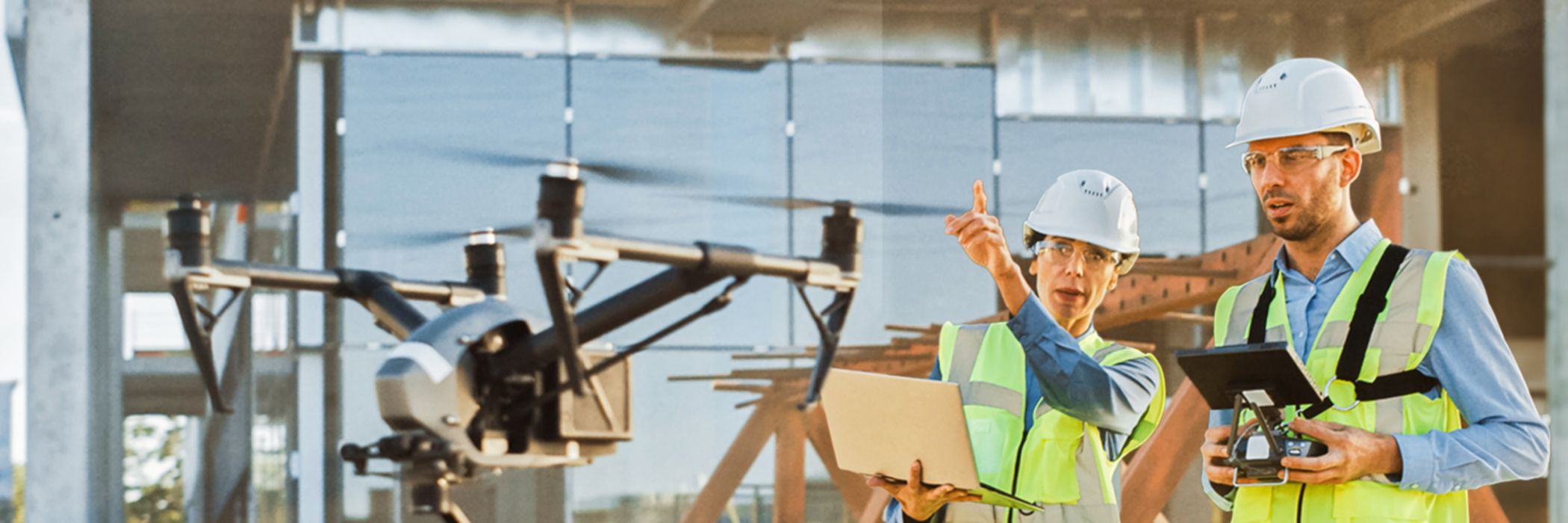The magnetism of city centers is diffusing. Many city leaders increasingly recognize that storing all of a city’s value in the center is creating an imbalance in access and opportunity. It also seems clear that citizens are looking for a new version of the ’15-minute city’ where everything is within reach … notwithstanding the occasional commute into an office somewhere.
At the same time, there is a continued shift towards infrastructure decentralization. Mini-grids and solar panels are popping up to take the pressure off large base-load generation facilities.10 Mobility as a Service providers are extending the reach of mass transit and bridging the final mile. Digital healthcare is moving services into homes and out of hospitals.
This is a fundamentally different world for infrastructure planners and investors. Rather than focusing on building massive trunk infrastructure and expanding existing networks, an opportunity is emerging to instead focus on incentivizing businesses, consumers and users to mesh their own assets into the infrastructure that is already in place. And for existing infrastructure providers and owners to mesh their assets more effectively into the holistic infrastructure network.
It’s a big opportunity. Greater connectivity between public and private infrastructure will lead to greater value of the whole. Done right, it is about making better use of the assets that are already in place. At the same time, an infrastructure ‘mesh’ approach allows governments to address some of the resilience issues that naturally come from putting all your eggs in one basket.
This does not, however, suggest that government can simply sit back and let consumers take on the burden of developing and paying for urban infrastructure. There are many infrastructure assets and services that will remain solely within the government’s remit — either due to cost or complexity. Governments will also need to ensure that the connectivity infrastructure is available, sustainable and effective enough to allow meshes to form (upgrading the electricity generation network to accommodate decentralized renewables, for example11).
Regulators will need to update and adapt their capabilities in order to address the range of technology and business model challenges they now face. Regulation works well in highly concentrated sectors where a handful of companies can be held to account. Reengineering regulation to suit a decentralized market where consumers are feeding into the system and paying their own replacement costs will be much trickier. New mechanisms will need to be found.
That being said, new cities, could see a significant advantage by setting the stage for distributed infrastructure right from the start by designing and implementing based on decentralized models delivered through effective partnerships.
Infrastructure designers and developers will also need to rethink their approaches to incorporating whole system thinking into their designs and connectivity into their models. The days of building monolithic, industrial-era, single-purpose assets are coming to a close. Infrastructure players will need to adjust accordingly.
This year, expect more governments to start talking about the ‘infrastructure mesh’ (though maybe not in those exact words). And expect infrastructure players to start evolving in response.
Get in touch
Connect with us
- Find office locations kpmg.findOfficeLocations
- kpmg.emailUs
- Social media @ KPMG kpmg.socialMedia
10 World Bank, Solar Mini Grids Could Power Half a Billion People by 2030
11 KPMG International, The role of energy and utilities in achieving net zero cities



